First AI-Driven Diagnostic Tool Wins FDA Breakthrough Designation for Lung Cancer
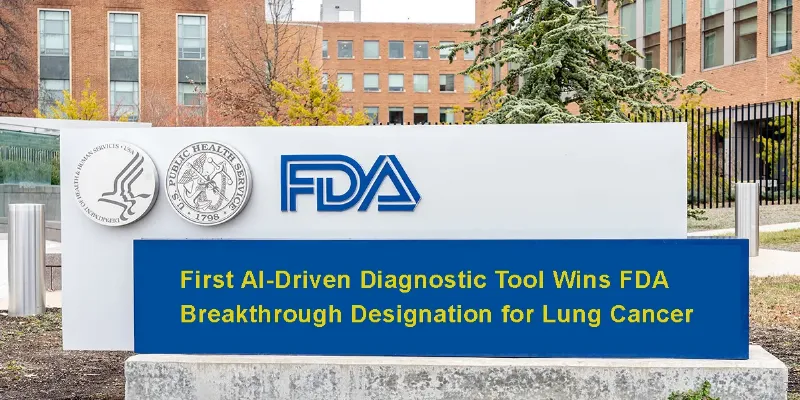
The first AI-powered companion diagnostic for non-small cell lung cancer (NSCLC) has received FDA Breakthrough Device Designation. Developed by Roche, Ventana TROP2 RxDx Device combines immunohistochemistry (IHC) with a digital pathology algorithm to deliver precise TROP2 scoring. This innovation helps identify patients likely to benefit from Datroway®, advancing personalized treatment in NSCLC without actionable genomic alterations.
The FDA’s recognition underscores the promise of AI-driven computational pathology and marks a critical step toward integrating high-precision, image-based assays into clinical practice. The device offers a more objective and scalable approach to biomarker profiling, representing a major advance in targeted cancer diagnostics.
“This FDA designation is another example of our commitment to deliver innovation that enables more precise diagnosis in oncology,” said Matt Sause, CEO of Roche Diagnostics. “This solution, which leverages our industry-leading expertise in companion diagnostics development, uses artificial intelligence for a greater depth of sample analysis, helping to deliver truly personalised treatment.”
A Digital Diagnostic Platform
Unlike traditional IHC tests, which rely on a pathologist’s interpretation of protein expression patterns, Roche’s device employs algorithmic scoring to analyze TROP2 staining intensity in tumor tissue. This isn’t merely an efficiency upgrade — it’s a technological reimagining of what a companion diagnostic can be.
The system itself is multifaceted. It includes Ventana TROP2 (EPR20043) RxDx Device Assay and the OptiView DAB detection chemistry, processed on Roche’s BenchMark ULTRA staining platform. After staining, digitized whole-slide images are generated using Roche Digital Pathology scanners and uploaded into the navify® Digital Pathology Image Management System. There, the algorithm — powered by AstraZeneca’s Quantitative Continuous Scoring (QCS) technology — goes to work.
QCS enables highly granular, pixel-level analysis of both membranous and cytoplasmic TROP2 expression. The algorithm calculates a Normalised Membrane Ratio (NMR) score and classifies TROP2 status as either positive or negative, based on a predefined threshold. Importantly, a qualified pathologist still reviews staining quality and overall tumor integrity, ensuring that AI augments — rather than replaces — expert human judgment.
“This FDA Breakthrough Device Designation underscores the potential of our computational pathology platform to enable more personalised treatment decisions for people with cancer,” said Susan Galbraith, Executive Vice President, Oncology Haematology R&D, AstraZeneca.
Precision Access to ADC Therapy
This system has direct clinical implications. The diagnostic is designed to identify patients with advanced or metastatic non-squamous NSCLC — those without actionable genomic alterations — who are most likely to benefit from Datroway® (datopotamab deruxtecan), a TROP2-directed antibody-drug conjugate developed jointly by Daiichi Sankyo and AstraZeneca.
DATROWAY is part of a new generation of engineered ADCs that target specific surface antigens, releasing potent cytotoxins directly into cancer cells. But efficacy depends on accurate patient selection — a challenge when relying solely on subjective or inconsistent biomarker evaluation. Roche’s AI-powered approach could help standardize this process and accelerate the path to tailored treatment.
Computational Pathology Comes of Age
Beyond NSCLC, this designation sets an important precedent. For years, computational pathology has shown promise in research and trial settings, but few tools have made it through the FDA’s companion diagnostic pipeline. The Ventana TROP2 RxDx Device now serves as a proof-of-concept that AI can deliver clinically actionable insights — rigorously validated, reproducible, and FDA-recognized.
The Breakthrough Path and Its Challenges
The FDA’s Breakthrough Device Designation offers accelerated review for technologies that could significantly improve the treatment or diagnosis of life-threatening diseases. For Roche, it could mean faster availability of the diagnostic in clinical practice — a critical factor as DATROWAY advances through regulatory review.
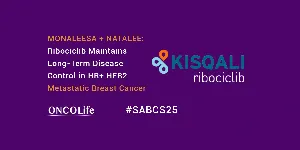
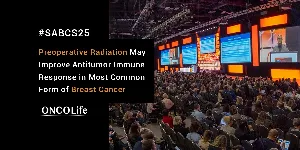
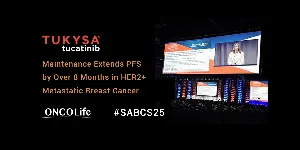
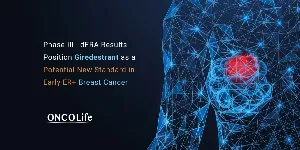
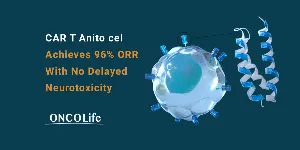

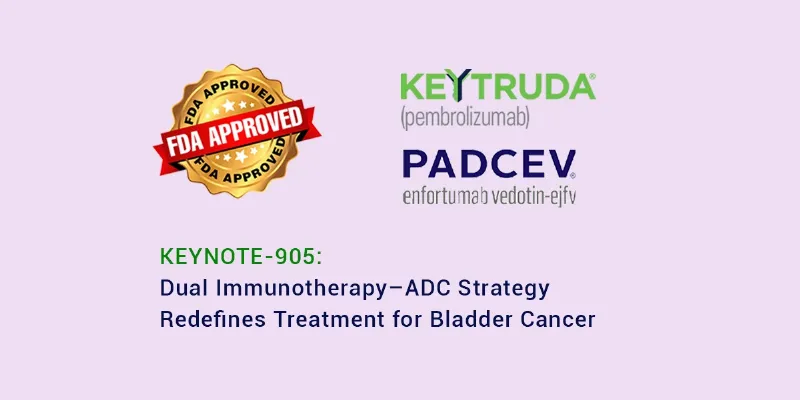
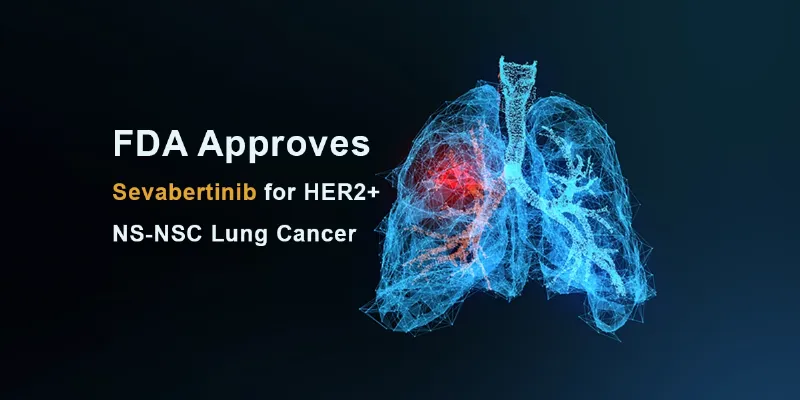
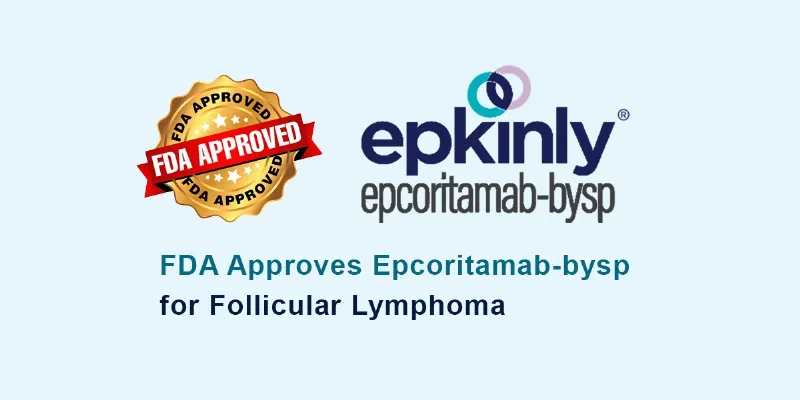
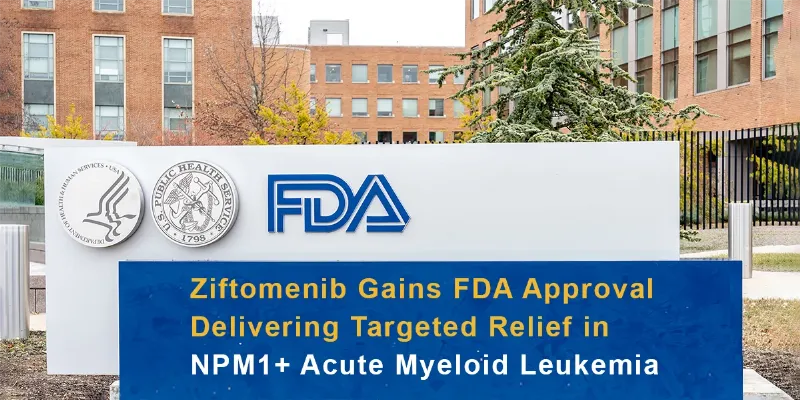

Comments
No Comments Yet!